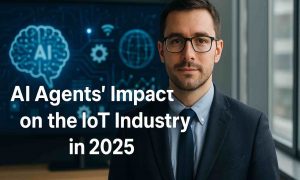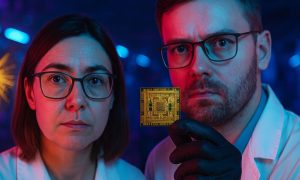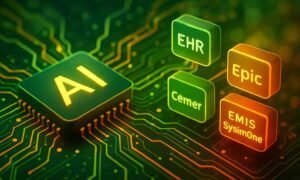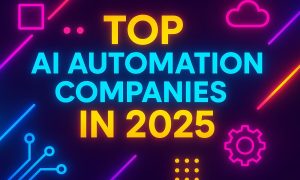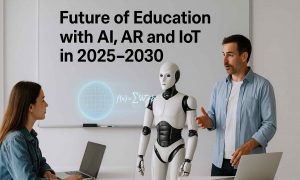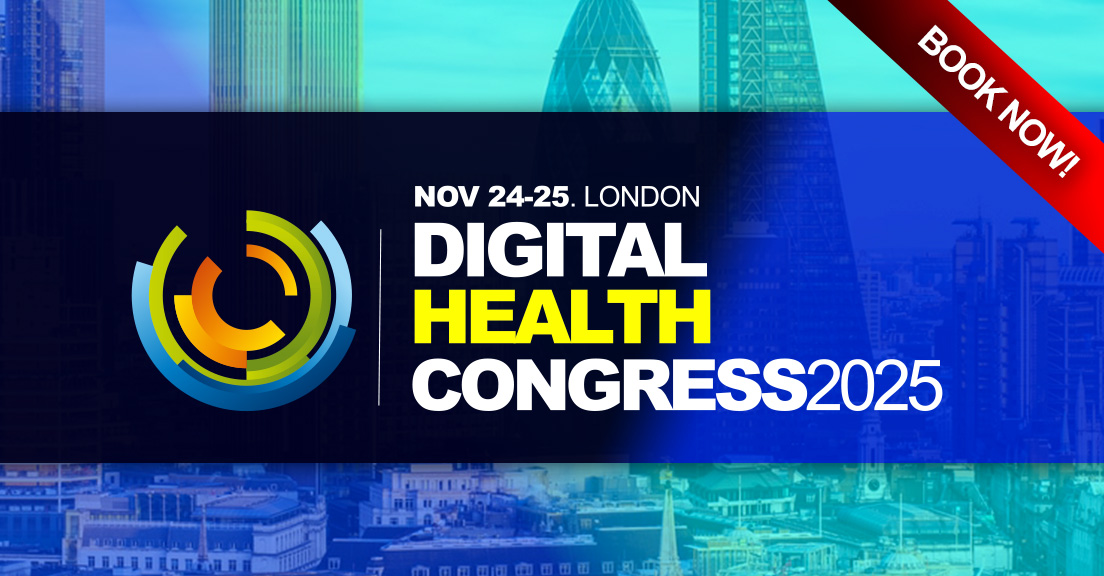

Are you an IoT/M2M professional ? Join us at M2M World Congress 2016, on April 26-27 in London. (https://www.m2mconference.com) Find out more about Global M2M Market and M2M Companies – Thought leaders from the biggest and most disruptive IoT & M2M companies will share winning growth strategies on the most pressing challenges business leaders face today.
MUNICH, Dec. 15, 2015 — IBM (NYSE: IBM) today announced the opening of its global headquarters for Watson Internet of Things (IoT), launching a series of new offerings, capabilities and ecosystem partners designed to extend the power of cognitive computing to the billions of connected devices, sensors and systems that comprise the IoT. These new offerings will be available through the IBM Watson IoT Cloud, the company’s global platform for IoT business and developers.
Are you an IoT Pofessional ? Join us at DIGITAL HEALTH WORLD CONGRESS 2017, on May 23-24 in London. (https://digitalhealthcareworldcongress.com/) Find out more about Global Digital Health and eHealth Market Trends and IoT Companies & Startups.
As part of today’s launch, the company announced that Munich, Germany will serve as the global headquarters for its new Watson IoT unit, as well as its first European Watson innovation center. The campus environment will bring together 1000 IBM developers, consultants, researchers and designers to drive deeper engagement with clients and partners, and will also serve as an innovation lab for data scientists, engineers and programmers building a new class of connected solutions at the intersection of cognitive computing and the IoT. The center will drive collaborative innovation with clients, partners and IBM researchers and data scientists to create new opportunities for growth in IoT. It represents IBM’s largest investment in Europe in more than two decades.
IBM also will deliver Watson APIs and services on the Watson IoT Cloud Platform to accelerate the development of cognitive IoT solutions and services, helping clients and partners make sense of the growing volume and variety of data in a physical world that is rapidly becoming digitized.
With these moves, clients, start-ups, academia and a robust ecosystem of IoT partners –from silicon and device manufacturers to industry-oriented solution providers –will have direct access to IBM’s open, cloud-based IoT platform to test, develop and create the next generation cognitive IoT apps, services and solutions. Leading automotive, electronics, healthcare, insurance and industrial manufacturers that are at the forefront of the region’s Industry 4.0 efforts are among those most expected to benefit.
“The Internet of Things will soon be the largest single source of data on the planet, yet almost 90 percent of that data is never acted upon,” said Harriet Green, general manager, Watson IoT and Education. “With its unique abilities to sense, reason and learn, Watson opens the door for enterprises, governments and individuals to finally harness this real-time data, compare it with historical data sets and deep reservoirs of accumulated knowledge, and then find unexpected correlations that generate new insights to benefit business and society alike.”
The company also announced that it has opened eight new Watson IoT Client Experience Centers across Asia, Europe and the Americas. Locations include Beijing, China; Boeblingen, Germany;Sao Paulo, Brazil; Seoul, Korea; Tokyo, Japan; and Massachusetts,North Carolina, and Texas in United States. These centers provide clients and partners access to technology, tools and talent needed to develop and create new products and services using cognitive intelligence delivered through the Watson IoT Cloud Platform.
Siemens Building Technologies, the market leader in safe, energy-efficient and environmentally friendly buildings and infrastructures, announced that it is teaming with IBM to bring innovation to the digitalization of buildings. Siemens is working to bring advanced analytics capabilities together with IBM’s IoT solutions to advance their Navigator platform for energy management and sustainability.
“By bringing asset management and analytics together with a deep technical understanding of how buildings perform, Siemens will make customers’ building operations more reliable, cost-optimized and sustainable,” said Matthias Rebellius, CEO of Siemens Building Technologies. “We are excited to stretch the envelope of what is possible in optimizing building performance by combining the asset management and database technologies from IBM’s Watson IoT business unit with our market leading building automation domain know-how.”
New Watson IoT Services Accelerate Cognitive IoT
IBM is bringing the power of cognitive analytics to the IoT by making four families of Watson API services available as part of a new IBM Watson IoT Analytics offering. As the physical world of devices and systems are becoming highly digitized, these capabilities will allow clients, partners and developers to make greater sense of this data through machine learning and correlation with unstructured data.
The four new API services include:
The Natural Language Processing (NLP) API Family enables users to interact with systems and devices using simple, human language. Natural Language Processing helps solutions understand the intent of human language by correlating it with other sources of data to put it into context in specific situations. For example, a technician working on a machine might notice an unusual vibration. He can ask the system “What is causing that vibration?” Using NLP and other sensor data, the system will automatically link words to meaning and intent, determine the machine he is referencing, and correlate recent maintenance to identify the most likely source of the vibration and then recommend an action to reduce it.
The Machine Learning Watson API Family automates data processing and continuously monitors new data and user interactions to rank data and results based on learned priorities. Machine Learning can be applied to any data coming from devices and sensors to automatically understand the current conditions, what’s normal, expected trends, properties to monitor, and suggested actions when an issue arises. For example, the platform can monitor incoming data from fleet equipment to learn both normal and abnormal conditions, including environment and production processes, which are often unique to each piece of equipment. Machine Learning helps understand these differences and configures the system to monitor the unique conditions of each asset.
The Video and Image Analytics API Family enables monitoring of unstructured data from video feeds and image snapshots to identify scenes and patterns. This knowledge can be combined with machine data to gain a greater understanding of past events and emerging situations. For example, video analytics monitoring security cameras might note the presence of a forklift infringing on a restricted area, creating a minor alert in the system; three days later, an asset in that area begins to exhibit decreased performance. The two incidents can be correlated to identify a collision between the forklift and asset that might not have been readily apparent from the video or the data from the machine.
The Text Analytics API Family enables mining of unstructured textual data including transcripts from customer call centers, maintenance technician logs, blog comments, and tweets to find correlations and patterns in these vast amounts of data. For example, phrases reported through unstructured channels — such as “my brakes make a noise”, “my car seems to slow to stop,” and “the pedal feels mushy” — can be linked and correlated to identify potential field issues in a particular make and model of car.
The Intersection of Cognitive and Internet of Things
Cognitive computing represents a new class of systems that learn at scale, reason with purpose and interact with humans naturally. Rather than being explicitly programmed, they learn and reason from their interactions with us and from their experiences with their environment, enabling them to keep pace with the volume, complexity, and unpredictability of information generated by the IoT. Cognitive systems can make sense of the 80 percent of the world’s data that computer scientists call “unstructured,” which means they can illuminate aspects of the world that were previously invisible, allowing users to gain greater insight and to make more informed decisions.
IBM Watson IoT
There are more than 9 billion connected devices operating in the world today, generating 2.5 quintillion bytes of new data daily. Making sense of data embedded in intelligent devices is creating a significant market opportunity that is expected to reach $1.7 trillion by 2020. Yet without a proper infrastructure in place to analyze all of this data in real-time, its value is minimal.
Cognitive systems help overcome this challenge –learning at scale, reasoning with purpose, and interacting with humans naturally. In March 2015, IBM announced that it intended to invest more than $3 billion to address the needs of clients that are looking to capitalize on the increasing instrumentation and interconnectedness of the world driven by the Internet of Things.
Building on the investment, in October the company revealed plans to acquire the B2B, mobile and cloud-based web properties of The Weather Channel. Upon completion, the combination of advanced cloud, analytics and security technologies and deep industry expertise is expected to serve as the foundation for the Watson IoT Cloud Platform as well as new services and offerings.
IBM’s pioneering work in Smarter Planet drove practical applications of IoT in the enterprise. With more than 4,000 IoT client engagements in 170 countries, 1,400 partners in its growing ecosystem, and more than 750 IoT patents, IBM leads in enterprise IoT implementations that securely combine and analyze data from a wide variety of sources. IBM is working with a broad range of global clients on IoT, including Continental; Cummins; Pratt & Whitney; SilverHook Powerboats; University of South Carolina; Miami-Dade County, Florida; Montpellier, France; Carnegie Mellon University; the U.S. General Services Administration; Rochester, Minnesota Police Department; Dublin, Ireland; Yarra Trams; and the Southern Ontario Water Consortium.
To learn more about Watson IoT, visit www.ibm.com/IoT
Join us on social: https://www.facebook.com/IBMIoT and follow @IBMIoT, #WatsonIoT and #IBMIoT on Twitter.
Blog: “Cognitive IoT: Making the Internet of Things Deliver for All of Us” https://ibm.co/1McTTfY
|
Media Contacts: |
||
|
Kaveri Camire |
Hanna Smigala |
|
|
IBM Media Relations |
IBM Media Relations |
|
|
+1-914-625-6395 |
+1-203-512-5497 |
|


